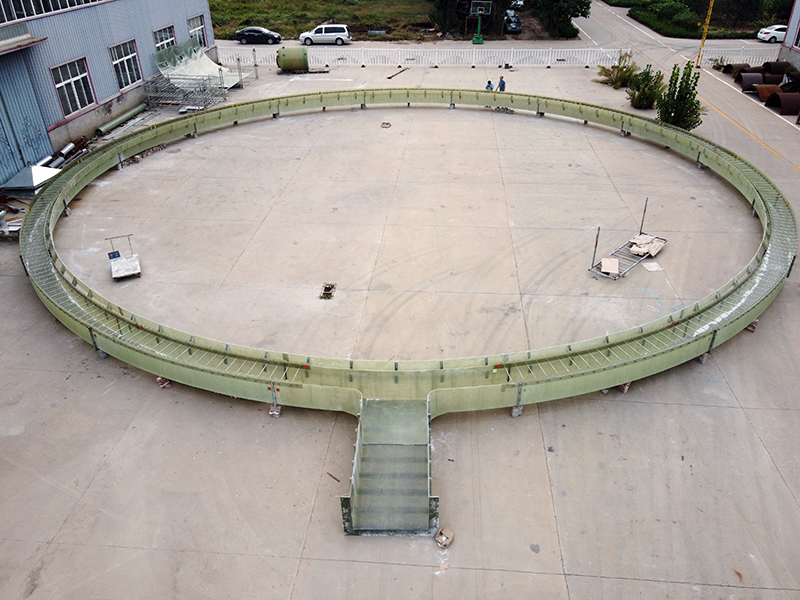
-
 Afrikaans
Afrikaans -
 Albanian
Albanian -
 Amharic
Amharic -
 Arabic
Arabic -
 Armenian
Armenian -
 Azerbaijani
Azerbaijani -
 Basque
Basque -
 Belarusian
Belarusian -
 Bengali
Bengali -
 Bosnian
Bosnian -
 Bulgarian
Bulgarian -
 Catalan
Catalan -
 Cebuano
Cebuano -
 China
China -
 China (Taiwan)
China (Taiwan) -
 Corsican
Corsican -
 Croatian
Croatian -
 Czech
Czech -
 Danish
Danish -
 Dutch
Dutch -
 English
English -
 Esperanto
Esperanto -
 Estonian
Estonian -
 Finnish
Finnish -
 French
French -
 Frisian
Frisian -
 Galician
Galician -
 Georgian
Georgian -
 German
German -
 Greek
Greek -
 Gujarati
Gujarati -
 Haitian Creole
Haitian Creole -
 hausa
hausa -
 hawaiian
hawaiian -
 Hebrew
Hebrew -
 Hindi
Hindi -
 Miao
Miao -
 Hungarian
Hungarian -
 Icelandic
Icelandic -
 igbo
igbo -
 Indonesian
Indonesian -
 irish
irish -
 Italian
Italian -
 Japanese
Japanese -
 Javanese
Javanese -
 Kannada
Kannada -
 kazakh
kazakh -
 Khmer
Khmer -
 Rwandese
Rwandese -
 Korean
Korean -
 Kurdish
Kurdish -
 Kyrgyz
Kyrgyz -
 Lao
Lao -
 Latin
Latin -
 Latvian
Latvian -
 Lithuanian
Lithuanian -
 Luxembourgish
Luxembourgish -
 Macedonian
Macedonian -
 Malgashi
Malgashi -
 Malay
Malay -
 Malayalam
Malayalam -
 Maltese
Maltese -
 Maori
Maori -
 Marathi
Marathi -
 Mongolian
Mongolian -
 Myanmar
Myanmar -
 Nepali
Nepali -
 Norwegian
Norwegian -
 Norwegian
Norwegian -
 Occitan
Occitan -
 Pashto
Pashto -
 Persian
Persian -
 Polish
Polish -
 Portuguese
Portuguese -
 Punjabi
Punjabi -
 Romanian
Romanian -
 Russian
Russian -
 Samoan
Samoan -
 Scottish Gaelic
Scottish Gaelic -
 Serbian
Serbian -
 Sesotho
Sesotho -
 Shona
Shona -
 Sindhi
Sindhi -
 Sinhala
Sinhala -
 Slovak
Slovak -
 Slovenian
Slovenian -
 Somali
Somali -
 Spanish
Spanish -
 Sundanese
Sundanese -
 Swahili
Swahili -
 Swedish
Swedish -
 Tagalog
Tagalog -
 Tajik
Tajik -
 Tamil
Tamil -
 Tatar
Tatar -
 Telugu
Telugu -
 Thai
Thai -
 Turkish
Turkish -
 Turkmen
Turkmen -
 Ukrainian
Ukrainian -
 Urdu
Urdu -
 Uighur
Uighur -
 Uzbek
Uzbek -
 Vietnamese
Vietnamese -
 Welsh
Welsh -
 Bantu
Bantu -
 Yiddish
Yiddish -
 Yoruba
Yoruba -
 Zulu
Zulu
Feb . 06, 2025 04:09
Back to list
frp stub flange
Understanding FRP Stub Flanges A Comprehensive Guide to Enhanced Pipeline Connectivity
In terms of expertise, manufacturers of FRP stub flanges apply advanced production techniques to ensure they meet stringent standards of quality and performance. The process typically involves filament winding, compression molding, or pultrusion, each chosen based on the specific requirements of the application. These methods ensure a uniform distribution of the reinforcing fibers, enhancing the mechanical properties of the flanges and providing consistent performance across various conditions. The authoritativeness of FRP stub flanges is underscored by their compliance with international standards. Manufacturers often adhere to guidelines set by bodies such as ASTM, ISO, and ANSI, providing assurance of the product's quality. Such compliance ensures that these flanges are compatible with different piping systems globally, facilitating their integration into existing infrastructure without compatibility concerns. Trustworthiness is further cemented by the track record of FRP stub flanges in various applications. Field data consistently reveal their reliable performance over extended periods, with minimal incidents requiring intervention. This track record has bolstered the confidence of engineers and project managers, making FRP stub flanges a preferred choice in critical applications. From an SEO perspective, understanding the specific benefits and applications of FRP stub flanges can greatly enhance their visibility online. Highlighting case studies of successful deployments, discussing advancements in manufacturing techniques, and providing insights into ongoing research in materials can significantly elevate the content's relevance and authority. Additionally, engaging with industry forums and including testimonials from field experts can lend further credibility and trustworthiness to an article on FRP stub flanges. In conclusion, FRP stub flanges represent an evolution in pipeline connectivity solutions. Their unique blend of lightweight design, corrosion resistance, and thermal efficiency, coupled with adherence to international standards, makes them a superior choice for industries looking to enhance their piping systems. Quality production and a solid performance history underscore their reliability, positioning FRP stub flanges as a key component in contemporary and future industrial applications.


In terms of expertise, manufacturers of FRP stub flanges apply advanced production techniques to ensure they meet stringent standards of quality and performance. The process typically involves filament winding, compression molding, or pultrusion, each chosen based on the specific requirements of the application. These methods ensure a uniform distribution of the reinforcing fibers, enhancing the mechanical properties of the flanges and providing consistent performance across various conditions. The authoritativeness of FRP stub flanges is underscored by their compliance with international standards. Manufacturers often adhere to guidelines set by bodies such as ASTM, ISO, and ANSI, providing assurance of the product's quality. Such compliance ensures that these flanges are compatible with different piping systems globally, facilitating their integration into existing infrastructure without compatibility concerns. Trustworthiness is further cemented by the track record of FRP stub flanges in various applications. Field data consistently reveal their reliable performance over extended periods, with minimal incidents requiring intervention. This track record has bolstered the confidence of engineers and project managers, making FRP stub flanges a preferred choice in critical applications. From an SEO perspective, understanding the specific benefits and applications of FRP stub flanges can greatly enhance their visibility online. Highlighting case studies of successful deployments, discussing advancements in manufacturing techniques, and providing insights into ongoing research in materials can significantly elevate the content's relevance and authority. Additionally, engaging with industry forums and including testimonials from field experts can lend further credibility and trustworthiness to an article on FRP stub flanges. In conclusion, FRP stub flanges represent an evolution in pipeline connectivity solutions. Their unique blend of lightweight design, corrosion resistance, and thermal efficiency, coupled with adherence to international standards, makes them a superior choice for industries looking to enhance their piping systems. Quality production and a solid performance history underscore their reliability, positioning FRP stub flanges as a key component in contemporary and future industrial applications.
Next:
Related Products









